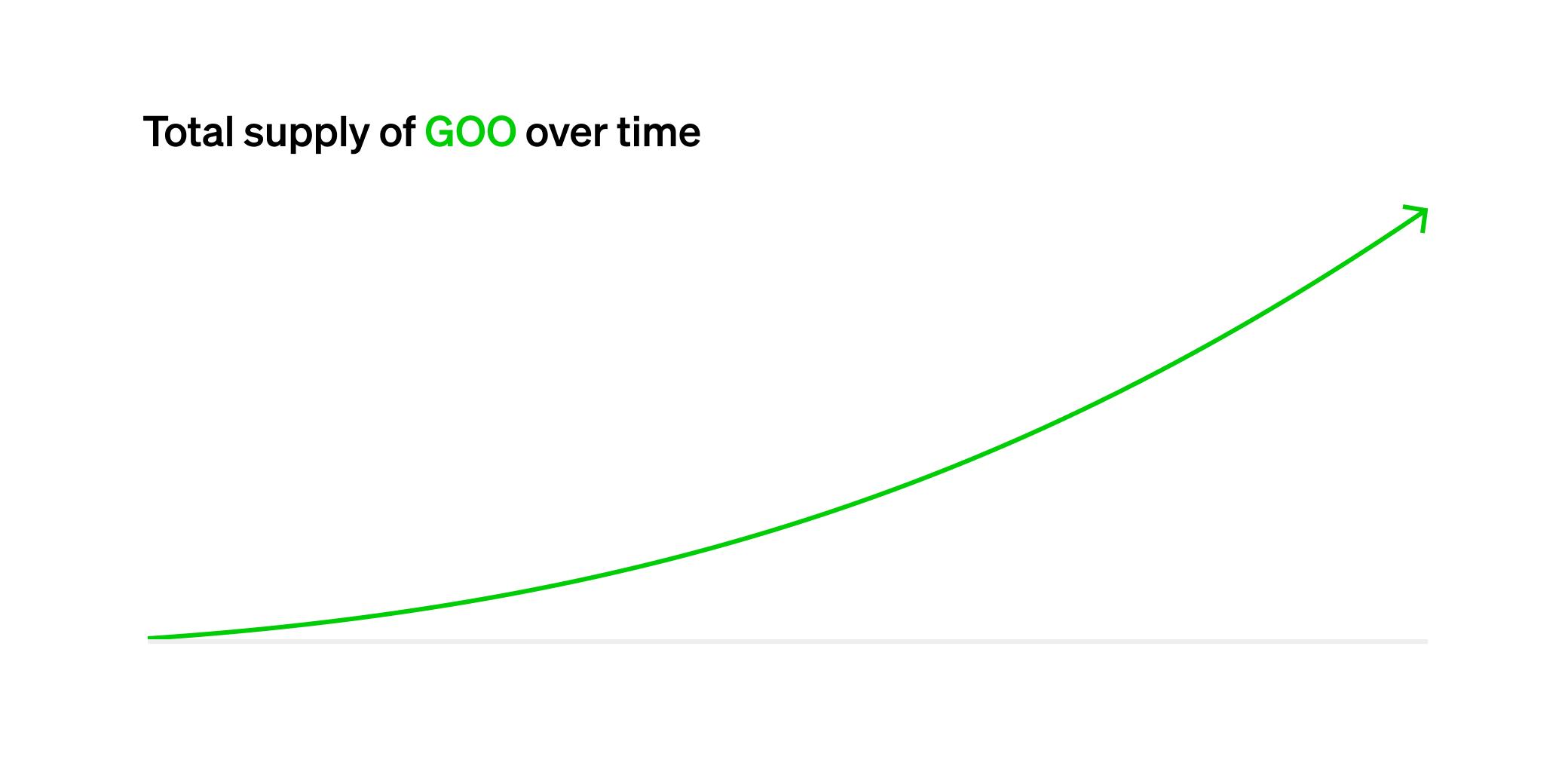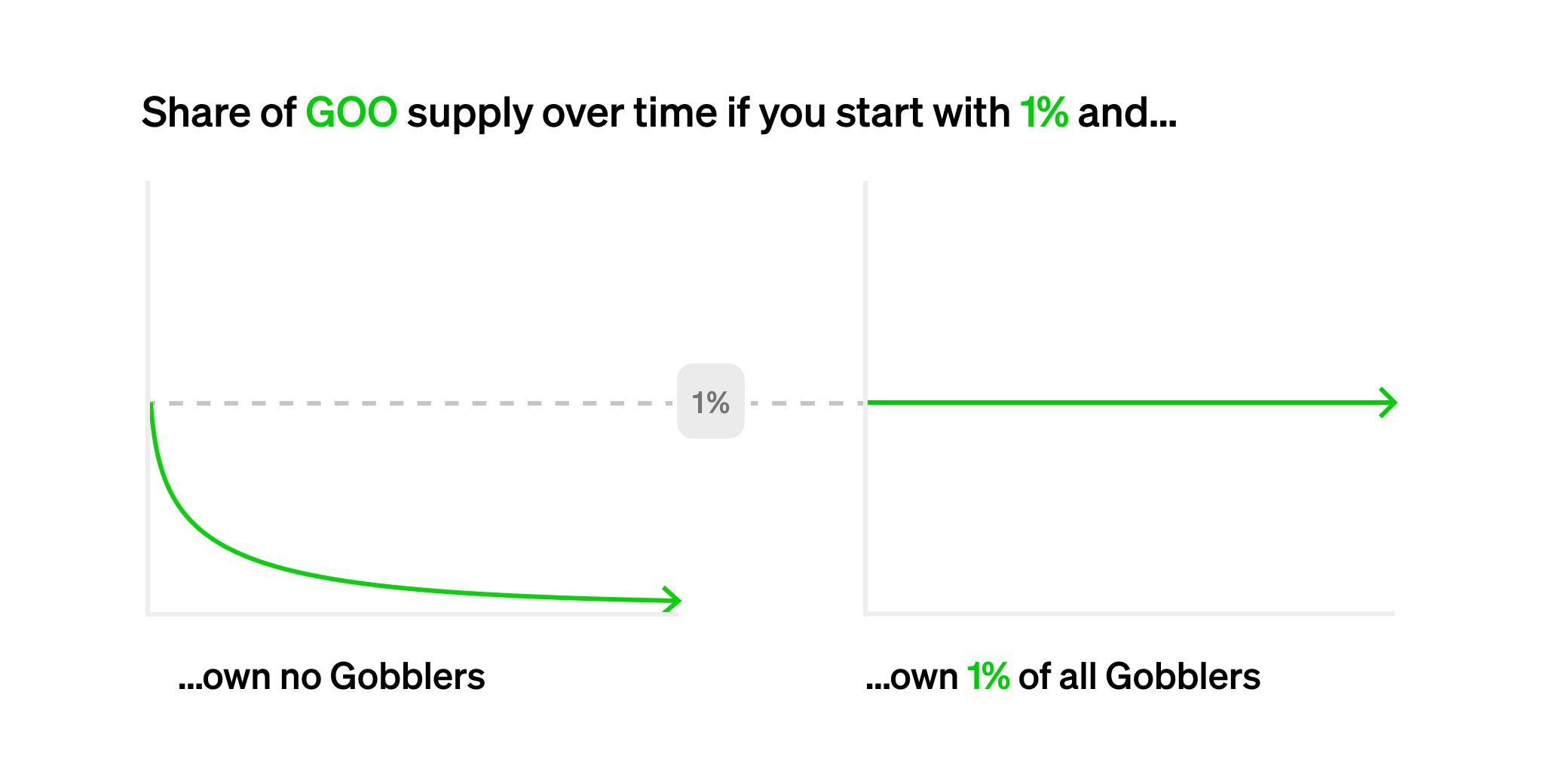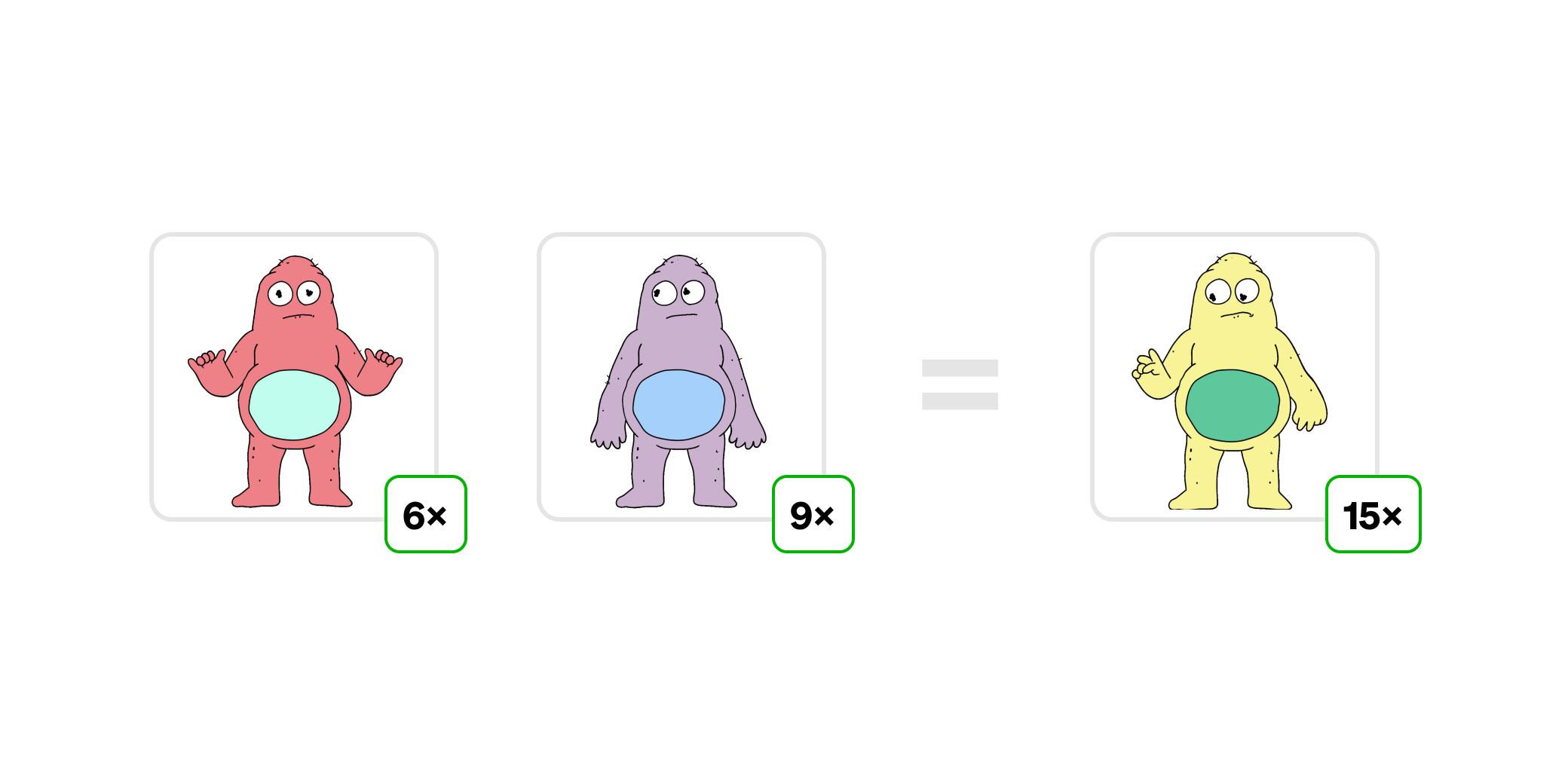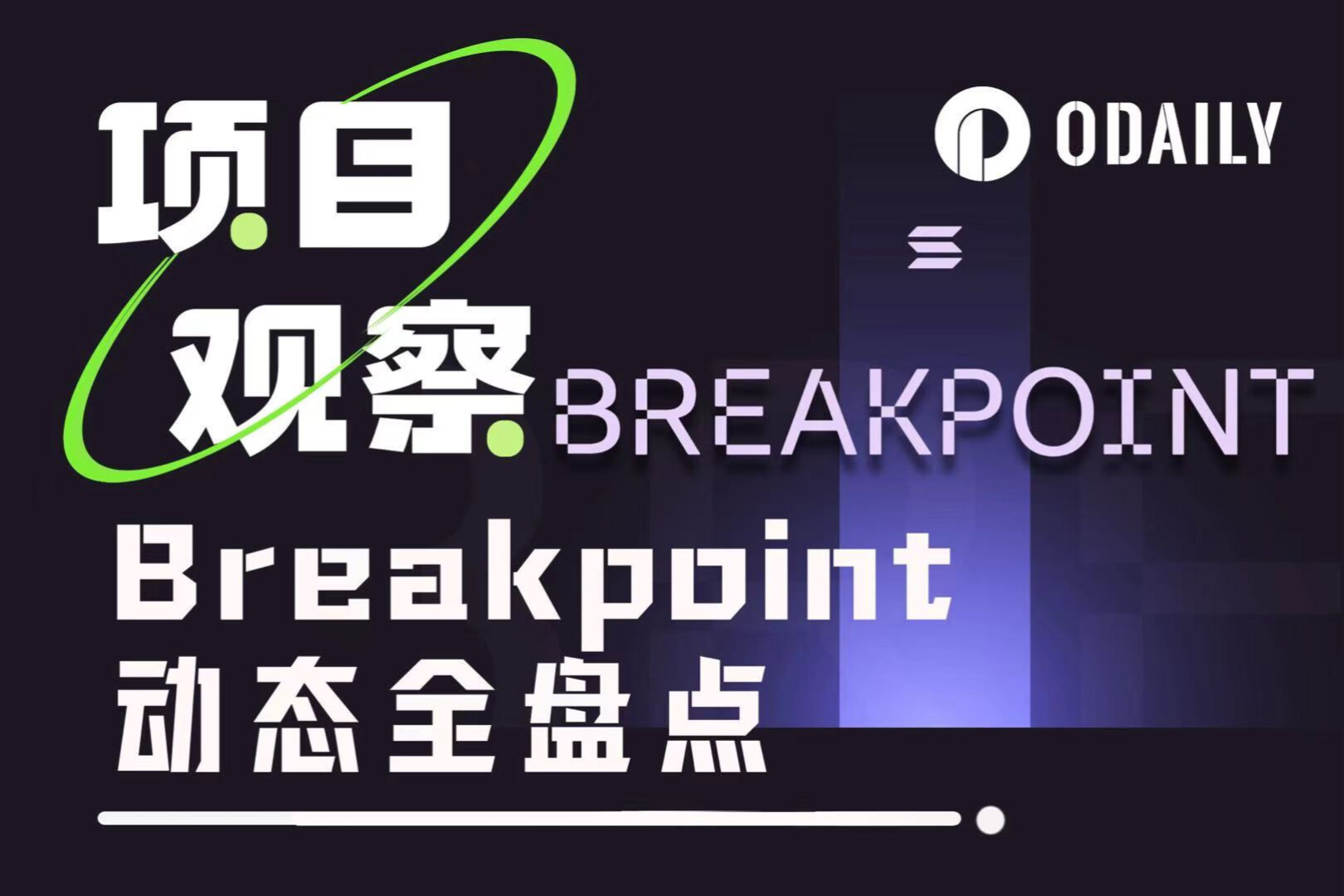一文读懂Paradigm最新提出的渐进所有权优化模型(GOO)
原文标题:《GOO (Gradual Ownership Optimization)》
原文作者: Dave White & Frankie,Paradigm
原文编译:饼干,链捕手
今日,Paradigm 研究合伙人 Dave White 和研究助理 Frankie 提出渐进所有权优化模型(Gradual Ownership Optimization,即 GOO),以用于解决 NFT 项目的可替代代币分发的难题。以下是链捕手对该文章的部分编译与整理。
目前 NFT 项目发行可替代代币的主要方式有两种:
空投。在某个特定时间点,所有 NFT 持有者都会收到与他们持有的 NFT 数量成比例的可替代代币。
恒定释放。随着时间的推移,每个 NFT 持有者都会收到恒定数量的代币。
一种恒定释放方法是质押,NFT 持有者将他们的 NFT 锁定在智能合约中,并每天收到一定数量的代币。
另一种类似于恒定释放的方法是 Play to Earn,拥有或有权访问指定 NFT 的用户可以玩游戏,每天赚取一定数量的代币。
在这两种情况下,随着时间的推移,持有 NFT 的人数可能会与持有可替代代币的人数大不相同。
在空投的情况下,由于一些用户选择只出售他们的 NFT,而另一些用户选择只出售他们的代币,导致整个项目的代币和 NFT 所有权不一致,并且不存在使其恢复一致的力量。
在恒定释放的情况下,由于可替代代币以恒定速率发行,新发行的代币在总供应量中所占的比例越来越小,NFT 和可替代代币所代表的所有权不可能随着时间的推移恢复一致。此外,无论用户拥有多少可替代代币,都没有动力将其与相当数量的 NFT 相匹配,反之亦然。一旦 NFT 和代币持有者的群体出现分歧,就没有任何东西可以重新调整他们的关系。
GOO 解决方案用例
即将推出的 NFT 项目 Art Gobblers 会发行一种名为 Goo 的 ERC-20 代币。Gobbler NFT 持有者拥有的 Goo 越多,其生成 Goo 的速度就越快。这意味着 Goo 的总供应量每天都在增加,从数千增加到数百万甚至更多。

不持有任何 Gobbler NFT 的用户囤积 Goo 是一个非常糟糕的策略,因为其他人都会更加快速地获得 Goo,而非持有者在 Goo 总供应量中的份额将迅速减少到零。另一方面,如果一名持有多个 Gobblers NFT 的用户却只拥有少量 Goo,那么与其他玩家相比,他的 Goo 产量将落后。

假设用户持有 Gobbler NFT 并且其 Goo 总产能占总量的 1%,在该用户永远不会移除其 NFT和 Goo 的情况下,他始终都会得到至少 Goo 总供应量的 1%。这确保了 NFT 持有者可以长期控制其拥有的 Goo 份额。
从数学上讲,初始的 Goo 发行量等于:

单个 Gobbler NFT 拥有一个mult乘数代表 Goo 的基本获取速度。我们使用微分方程随着时间的推移自动组合 Goo 发行方式,如果用户持有多个 Gobbler,也会自动平衡 Goo 之间的发行量。
在这个系统中有一些非常有趣的数学运算,结果证明,如果多个 Gobbler NFT 带有total mult乘数与单个 Gobbler NFT 的total mult乘数相同,那么他们获取 Goo 的速度是一样的。这意味着玩家可以通过获得更多 Gobblers 来提高竞争力,游戏将保持公平。

虽然是为 Art Gobblers 设计的,但该机制适用于任何具有可替代代币的 NFT 生态系统。它使 NFT 和代币持有者保持一致,同时确保 NFT 本身的优先重要性。
GOO 机制概述
所有 Art Gobbler NFT 的地址将 Goo 映射到与该帐户关联的 Goo 容器(tank)中。该地址的所有者可以随时从该容器中添加或删除 Goo。
Art Gobblers 获取 Goo 的速度与他们容器中的 Goo 的平方根成正比。每个 Gobblers 都有自己的mult乘数,用于描述了 Goo 的基本获取速度。
我们使用微分方程自动复合这个代币发行模型,发现 Goo 的发行数量随着时间的推移呈二次方膨胀,但仍比大多数代币抵押方案常见的指数膨胀要慢得多。
因为当用户的 Gobbler 与 Goo 成比例持有时,Goo 处于最佳的发行状态,这是激励用户按比例持有 Goo 和 Gobblers 的良好方案。由于 Goo 的总排放量一直在增加,所以无论 Goo 当前的发行量有多少,这些激励措施仍然很强大。
最后的想法
我们在Github(transmissions11/goo-issuance)上开源了 GOO 方案,欢迎开发者采用高度优化、生产就绪和许可 (MIT) 的 GOO 方案。
GOO 是为 Art Gobblers 设计的,但我们相信它适用于各种 NFT 项目和链上游戏。如果你想从 NFT 发行可替代的代币,同时确保用户持有 NFT 和代币大致成比例,GOO 可能适合你。



